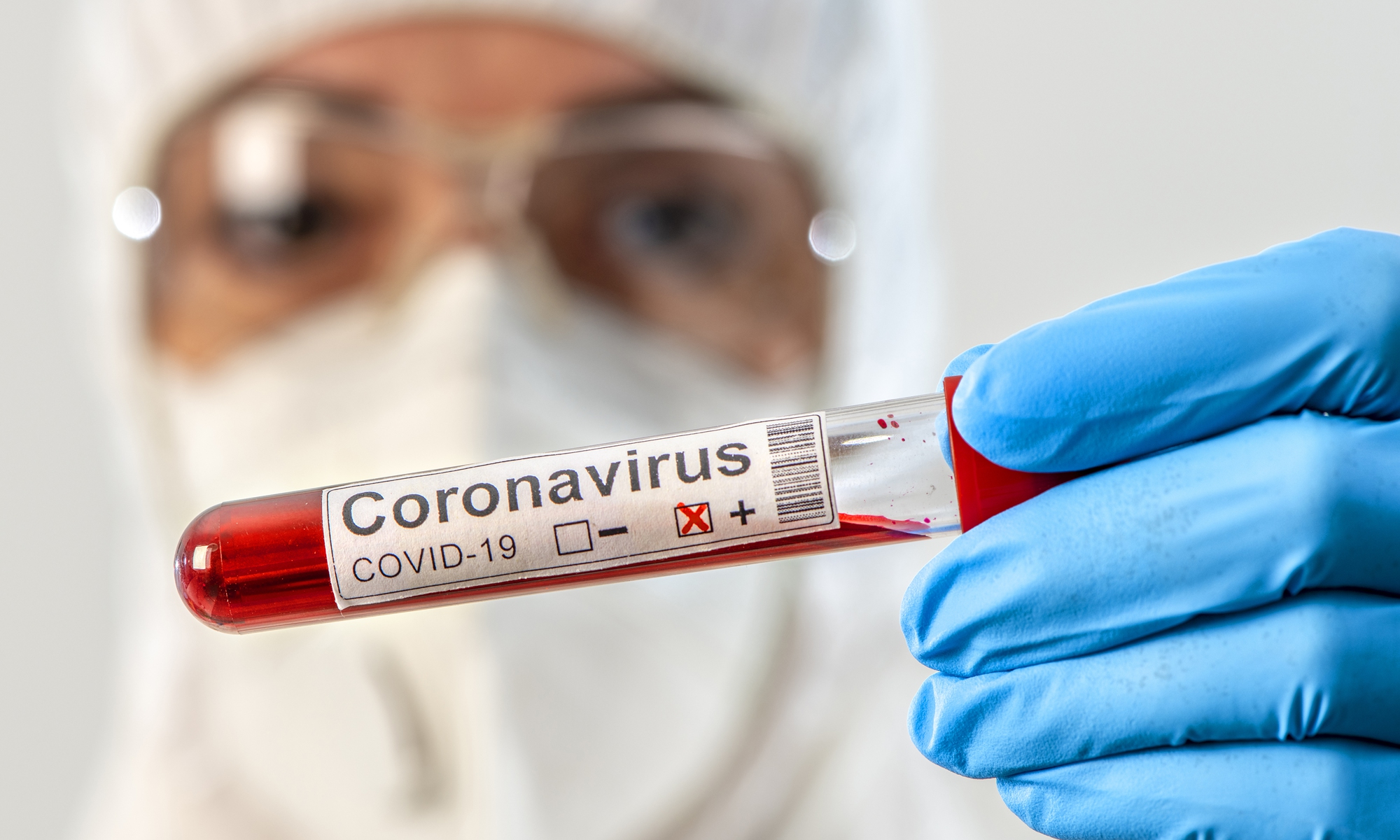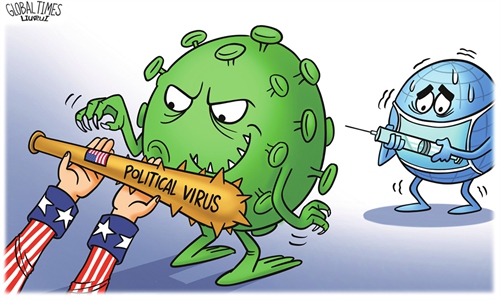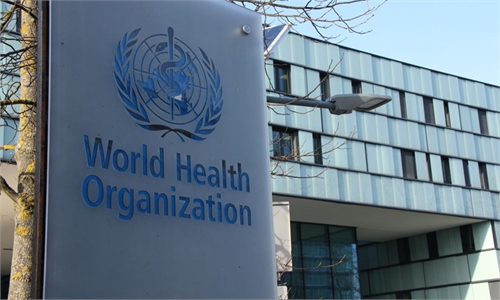Renowned virologist calls for shifting attention to finding SARS-CoV-2 origins in Southeast Asia

Photo: VCG
The SARS-CoV-2 is not manmade and it is highly likely that the virus did not originate in the place that saw the first coronavirus outbreak, said a renowned virologist suggesting that resources should be mostly invested in looking for the origins in Southeast Asia.
Speaking at a public forum in Tianjin on Saturday, Wang Linfa, a virologist at Duke-NUS Medical School in Singapore, said on a video conference that he was sure the virus is not manmade, even before the WHO experts arrived in Wuhan earlier this year and slammed the "lab leak" theory as highly impossible.
Wang is a renowned international virologist who managed to sequence the Hendra virus in 1993 and joined the WHO expert team in 2003 to investigate in the origins of SARS. Wang also shares close relation with Shi Zhengli from the Wuhan Institute of Virology, with whom he co-authored dozens of papers, including one in Science in 2005 that pinpointed the horseshoe bat as a reservoir of SARS-like coronaviruses.
Based on previous experience, Wang swiftly pointed to bats as the origins of the coronavirus that caused COVID-19. He said that the prime coronavirus came from bats. Yet, before the Wuhan outbreak, there must be a "progenitor virus" that shares above 99.9 percent of its genetic profile with SARS-CoV-2. However, the scientific world is still debating about the "progenitor virus."
Wang cited a preprint paper posted on the Research Square last month that shows scientists have found three viruses in bats in Laos that are each more than 95% identical to SARS-CoV-2.
Last year, researchers described another close relative of SARS-CoV-2 called RaTG13, which was found in bats in Yunnan. It is 96.1 percent identical to SARS-CoV-2 and the two viruses probably shared a common ancestor 40 to 70 years ago.
More importantly, the coronavirus found in bats in Laos shares key similarities with SARS-CoV-2. The viruses contain receptor binding domains that are almost identical to the current virus causing COVID-19.
"When SARS-CoV-2 was first sequenced, the receptor binding domain did not really look like anything we had seen before," Edward Holmes, a virologist at the University of Sydney in Australia, told Nature. This caused some people to speculate that the virus had been created in a laboratory. But the Laos coronaviruses confirm these parts of SARS-CoV-2 exist in nature, Holmes mentioned.
Wang said that, although it was Wuhan which experienced the first outbreak of SARS-CoV-2, the virus is highly likely not from there. He gave the example of the HIV virus which was first detected in New York and California but later was found to be originated in Africa. Hence, it is highly probably that SARS-CoV-2 came from somewhere afar.
A study recently published by Wu Zhiqiang, a researcher at the Institute of Pathogen Biology under the Chinese Academy of Medical Sciences and other fellow scientists, says that they collected samples of pharyngeal and anal swabs from 13,064 bats collected at 703 locations across China between 2016 and 2021. However, they did not find any SARS-CoV-2 in any samples, indicating that the virus might not be widely present in bats in China.
Wang explained that the Chinese province of Yunnan borders Myanmar, Laos, Vietnam, Malaysia and other Southeast Asian countries with dense populations of bats. However. insufficient research resources have been allocated to this region.
"If given the opportunity, scientists can find many viruses similar to SARS-CoV-2," said Wang, noting that if he was granted with $100 million to look for the origins of coronavirus he would put 99 percent into research in Southeast Asia.
During the speech, Wang also warned for upcoming coronavirus outbreaks. "The coronavirus carried by bats are very dangerous, SARS-CoV-3 is doomed to come, just not sure when," said the virologist, noting that the most possible place for the SARS-CoV-3 is Southeast Asia.



